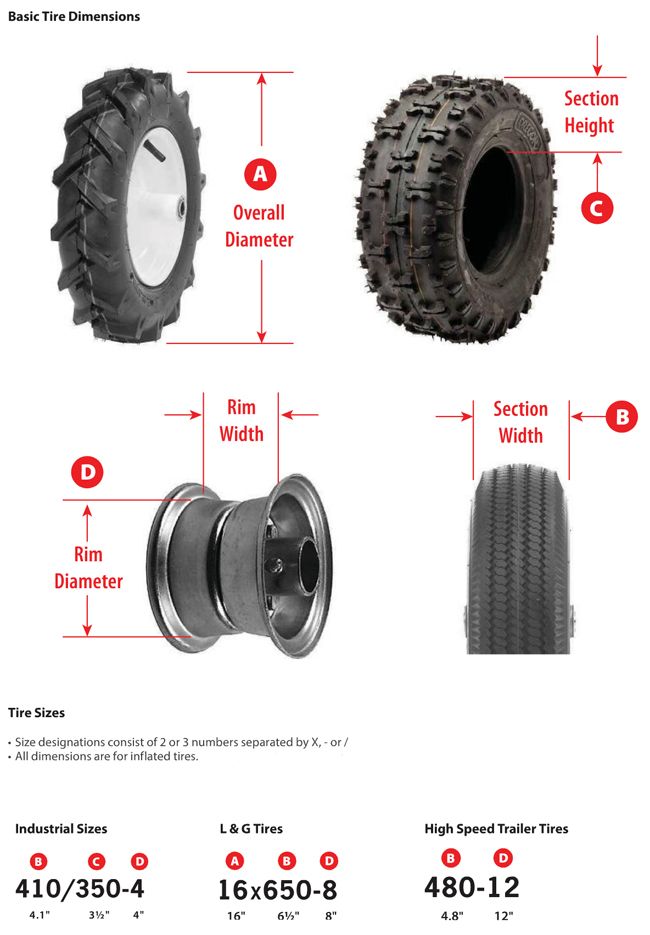Home>Sports>NASCAR>NASCAR Cars
PreviousNext
For the Daytona 500, NASCAR teams are allowed up to eight sets of tires for practice and qualifying and an additional seven sets (one set carries over from practice) for the race itself. In total, 15 sets of tires are allowed, or 60 individual tires. The number of tires used in the race will vary depending on the driver, team, track configuration, and race length, but between 20 and 28 tires are typically used for the Daytona 500 race. More aggressive drivers who take tighter or sharper turns, or lose control and spin out, will use more tires in a race.
Held at the beginning of each NASCAR season, the Daytona 500 is regarded as the most important race in the NASCAR Cup Series. Unlike other sports where the finale is the championship at the end of the season, the Daytona 500 kicks off the yearly series with a wave of excitement. The race lasts for 500 miles and is run at the Daytona International Speedway in Florida every year.
Before Goodyear became the exclusive tire supplier of NASCAR in 1997, two other manufacturers were also producing tires for the sport. The Firestone Tire and Rubber Company and the McCreary Tire and Rubber Company were Goodyear’s primary competitors in the beginning. After Goodyear rose above its early competition, its toughest battle came against Hoosier. At one point, NASCAR believed Goodyear would be the victim of a hostile takeover (affecting NASCAR’s operations) and hired Hoosier as a backup for Goodyear. After drivers raised safety concerns about Hoosier tires, Goodyear was adopted as the sole tire supplier for NASCAR.
Prior to the 2017 NASCAR season, at the Daytona 500, teams were allowed to have up to nine sets of tires on the race day.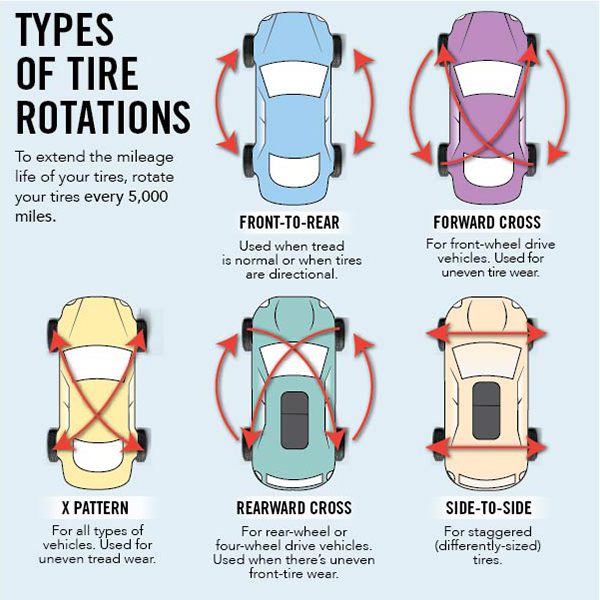 Before the season started, NASCAR announced that it would limit the number of tire sets teams could have in some of their events, including
the reduction to eight tire sets at the Daytona 500. This decrease means that crew chiefs have to manage their tires more strictly and call for fewer tire changes.
Before the season started, NASCAR announced that it would limit the number of tire sets teams could have in some of their events, including
the reduction to eight tire sets at the Daytona 500. This decrease means that crew chiefs have to manage their tires more strictly and call for fewer tire changes.
The tires used by NASCAR are designed to handle high racing speeds, and each tire can only last for about 100 miles of racing. The tires are designed to have as much grip as possible, especially when the rubber heats up to increase the traction and control for the driver. Since the tires do not last for that long, and how many tires each team can have, the cost of the tires becomes very expensive. In 2015 for the NASCAR Cup Series, $35 million was spent on tires. Each tire costs around $500, and each team goes through $20,000 worth of tires for every race.
Goodyear is the current manufacturer of NASCAR tires and offers slicks for dry conditions and rain tires for wet weather racing.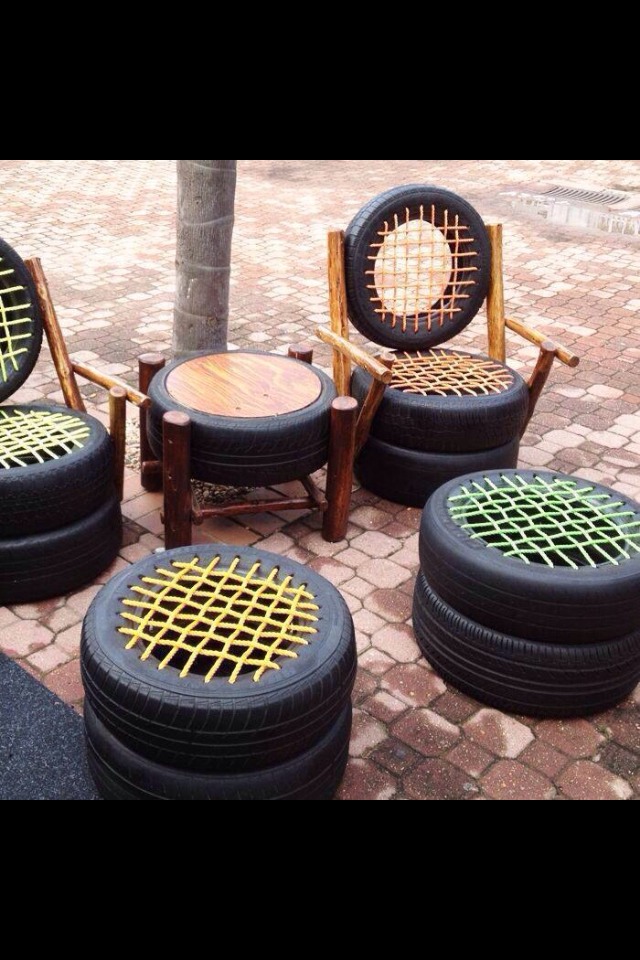
All NASCAR tires are currently manufactured by Goodyear, which is based in the United States and produces for all types of vehicles. At the Daytona 500, NASCAR Cup Series cars run 18-inch Goodyear Eagle Superspeedway Radials. The minimum recommended inflation is 28 PSI in both left tires, 52 PSI in the right front, and 50 PSI in the right rear. The circumference of the left side tires is 89.53 inches; the right sides are slightly larger at 89.76 inches around.
The number of sets of tires allowed in a NASCAR Cup Series race is different at each track. At the Daytona 500, teams are allowed to use eight sets of tires during the race. There is also a limit on the number of tires a team can use throughout the whole weekend. At the Daytona 500, teams are allowed to use 15 total sets the entire weekend; seven for practice and qualifying and eight during the race.
A single NASCAR Cup Series tire costs around $500, meaning that a set of four tires is $2,000. NASCAR Cup Series drivers go through up to 12 sets of tires per race, meaning that an entire race could cost a NASCAR team over $20,000 in tires.
A NASCAR Cup Series tire weighs 24 pounds. The aluminum alloy wheels used on the Generation 7 cars are extremely lightweight, at only three pounds apiece. The combined weight of rim and tire is 27 pounds per wheel.
PreviousNext
PreviousNext
The F1 tire plays a substantial role in the car’s performance and has to withstand the different track surfaces and weather conditions from around the world! The pit crews can be seen changing the car’s tires all weekend long, but how many tires can F1 use?
A Formula 1 team is issued 13 sets of dry weather tires per race car for a race weekend.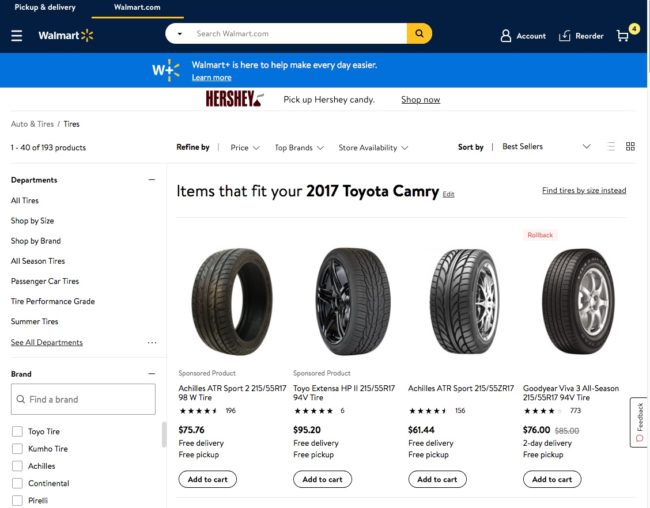 The tires are used for free practice and qualifying, but only 3 sets are kept for the main race. Teams are also issued with 4 sets of intermediate and 3 sets of wet weather tires per car for rain conditions.
The tires are used for free practice and qualifying, but only 3 sets are kept for the main race. Teams are also issued with 4 sets of intermediate and 3 sets of wet weather tires per car for rain conditions.
How many tires can a formula team use? What are the different tires types, and when can they be used? These are a few of the burning questions answered in this article.
Each team will receive 13 sets of dry weather tires for a full race weekend; the team will use these sets for the three practice sessions (FP1, FP2, FP3) and the qualifying session. Only 3 sets of the dry weather tires are kept for the main race.
The Formula 1 teams are also issued with 4 sets of intermediate tires and 3 sets of wet weather tires. These sets may only be used when the Race Director declares the track wet. During the main race, the teams must do a mandatory pit stop as they must use two different tire compounds for the race.
Some tire compounds are softer than others, harder compounds last longer, and some are used in wet conditions. Tire manufacturer Pirelli is the sole provider of Formula 1 tires, and they have a variety of tire compounds for all conditions.
Tire manufacturer Pirelli is the sole provider of Formula 1 tires, and they have a variety of tire compounds for all conditions.
There are 5 different dry weather tire compounds. They are classified as:
Pirelli will select 3 of the above compounds for a race weekend and categorize them with different color bands on the walls of the tires. All the teams will be issued the same amount for each compound.
| Tire Category | Tire wall color | Sets issued per car |
| Soft | Red | 8 sets |
| Medium | Yellow | 3 sets |
| Hard | White | 2 sets |
There are two types of wet weather tires used in Formula 1, the intermediate and the wet tire.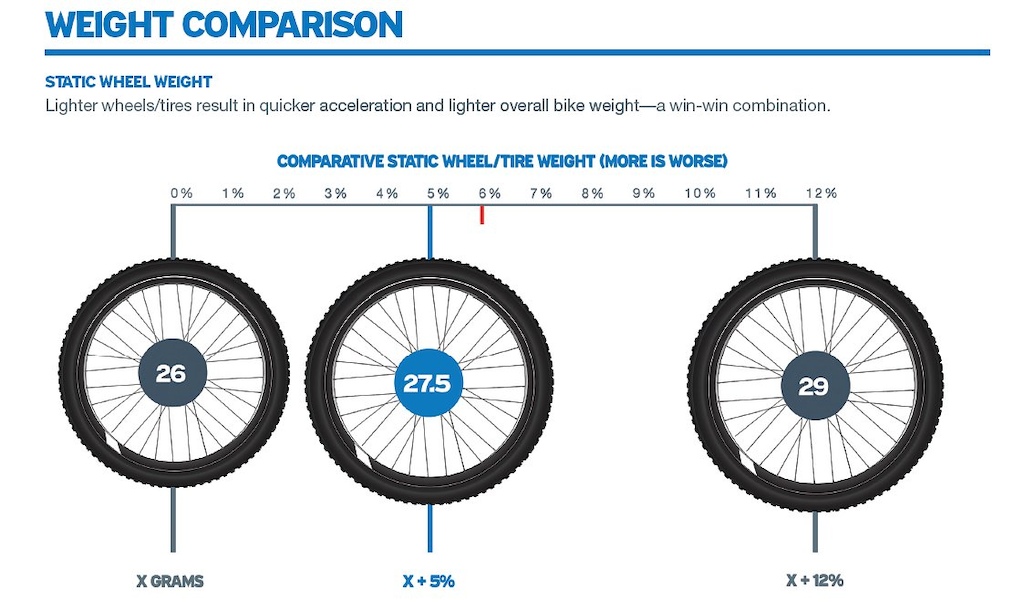
All the teams are issued with intermediate and wet tires for each race but are only allowed to use them if the Race Director has declared the track wet. In this scenario, a set of dry-weather tires will be swapped out for each set of intermediates or wets used. If the free practice sessions are declared wet, the manufacturer will swap dry tires for wets on a set-by-set basis.
| Tire Category | Tire wall color | Sets issued per car |
| Intermediate | Green | 4 |
| Wet | Blue | 3 |
The sole tire manufacturer for Formula1 is Pirelli, and they will select 3 of the 5 compounds for the race weekend. The weather is a major contributor to the selection process and includes the track surface texture and the circuit layout. A fast corner and high-temperature track will suit the harder compound, and a short twisty street circuit will favor the softer compound.
A fast corner and high-temperature track will suit the harder compound, and a short twisty street circuit will favor the softer compound.
The red, yellow, and white tires are used in dry weather conditions, and the green and blue tires are used in wet conditions. Each tire has its strengths, and the teams will use it to gain any advantage they can.
The Formula 1 drivers prefer this soft tire on circuits such as Monaco as it offers the most grip but wears out extremely fast. The quick-wear rate will result in the driver doing more pit stops. So, for this reason, it is used in conjunction with a harder tire so the driver can complete the race without pitting again.
The yellow medium tire is an all-around tire and is most often used in qualifying 2 (Q2), as this will set the driver up for a good race strategy. The medium tire fits in-between the soft and hard tire and allows the teams to have more choice or versatility in their race strategy. When the drivers look after this medium compound tire, they can do longer race stints than usual, often longer than the manufacturer indicated.
When the drivers look after this medium compound tire, they can do longer race stints than usual, often longer than the manufacturer indicated.
The hard compound tire is more durable than the other sets, but what is made up in duration is lost in speed and grip. Often teams will do a pit stop if there is an early Safety Car, and will then switch to this compound, which should result in the car being able to finish the race without stopping again.
The treaded intermediate tire has a green band on the tire wall and is an all-around tire that can be used on a wet or dry track. The intermediate tire is capable of dispersing 30 liters of water per second in wet conditions, and this is used on a track that is busy drying out after a rainstorm. The tire can be used when the track is dry but wears quickly and does not supply the same amount of grip as a slick tire would.
The Wet tire is used in heavy rain conditions and is a deep treaded tire that can dissipate 85 liters of water per second at a speed of 200mph.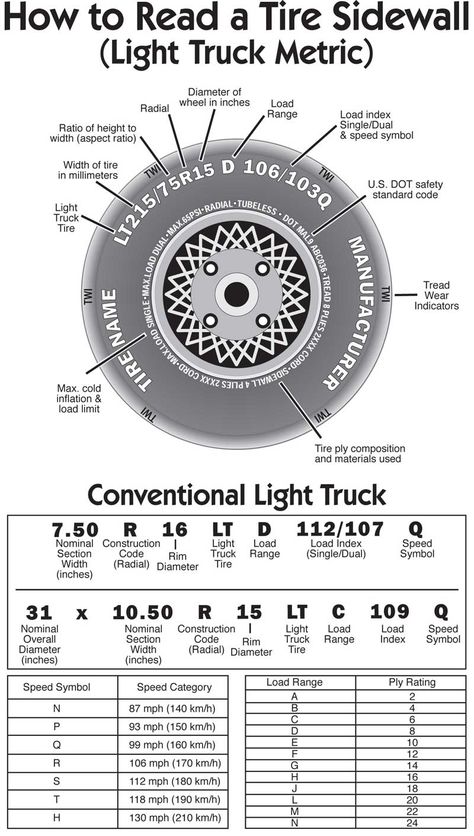 This tire offers superior grip in the rain but is not suited to dry track conditions and will over-heat within a few laps.
This tire offers superior grip in the rain but is not suited to dry track conditions and will over-heat within a few laps.
The race teams in Formula 1 are issued with 13 sets of dry-weather tires for the race weekend. Five different dry-weather tire compounds range from C1 to C5, and each compound has its unique ability. The tire manufacturer, Pirelli, will select 3 of the compounds that must be used during the race weekend.
A further 4 sets of intermediate and 3 sets of wet weather tires are issued for a race weekend in the event of wet or heavy rain conditions. Although many tires are used in F1 racing, these tires all have a unique strategy, and the race teams apply this to gain an advantage over their race competitors.
Related materials
7 rubber signals: what the tire says about car problems
How do you know when tires are completely worn out and it's time to change them? Everything is simple. For summer tires, the limit is 1.6 mm of residual tread depth, and for winter (or all-season tires used in winter) - 4 mm. Modern summer tires can travel from 40,000 to 70,000 km, depending on driving style and vehicle characteristics. An average motorist rolls such a mileage on summer tires in 2-3 seasons. Moreover, wear implies not only a decrease in tread depth. For millions of cycles of deformation, the strength of the carcass and its adhesion to the layers of the rubber compound are violated. In short, every 2-3 years you should buy a new set of tires.
For summer tires, the limit is 1.6 mm of residual tread depth, and for winter (or all-season tires used in winter) - 4 mm. Modern summer tires can travel from 40,000 to 70,000 km, depending on driving style and vehicle characteristics. An average motorist rolls such a mileage on summer tires in 2-3 seasons. Moreover, wear implies not only a decrease in tread depth. For millions of cycles of deformation, the strength of the carcass and its adhesion to the layers of the rubber compound are violated. In short, every 2-3 years you should buy a new set of tires.
In case of irreparable damage to one of the tires and a relatively high total mileage of the kit, it is also worth considering replacing it. Well, or about buying at least a pair of new tires, which, for any type of drive, should be installed on the front axle. We put two tires back - the most decent of the remaining ones.
Many motorists drive only a few thousand kilometers a year. This does not mean that the tires will serve you for several decades. According to Russian requirements (GOST 4754-97), the service life of passenger car tires is 5 years from the date of manufacture. And for example, Continental recommends that all car tires (including the spare tire) older than 10 years old should be replaced with new ones. Therefore, with small runs, you can navigate for ten years. The date of manufacture of the tire is indicated on the sidewall. Usually it is an oval with four numbers. The first two are the ordinal number of the week in the year, the last two indicate the year.
This does not mean that the tires will serve you for several decades. According to Russian requirements (GOST 4754-97), the service life of passenger car tires is 5 years from the date of manufacture. And for example, Continental recommends that all car tires (including the spare tire) older than 10 years old should be replaced with new ones. Therefore, with small runs, you can navigate for ten years. The date of manufacture of the tire is indicated on the sidewall. Usually it is an oval with four numbers. The first two are the ordinal number of the week in the year, the last two indicate the year.
Related materials
How to change the car yourself - detailed instructions
Tires should be rotated periodically in accordance with the vehicle manufacturer's recommendations - information on this can be found in the owner's manual.
We can advise you to carefully use the tires and, most importantly, to store them correctly in the off-season. First of all, during storage, it is important to exclude direct sunlight from hitting the tires, which greatly age the rubber. Tires without rims should be placed vertically, and stacked on rims.
First of all, during storage, it is important to exclude direct sunlight from hitting the tires, which greatly age the rubber. Tires without rims should be placed vertically, and stacked on rims.
And before installing tires on a car at the beginning of the season, evaluate their condition. There should be no cracks in the tread and sidewalls. The tire should not be dry, it should remain rubbery and not look like baked plastic.
Related materials
Driving on badly worn tires - will I be fined or not?
Winter tires have a much shorter life span. They almost always fail due to the wear of the treadmill, because the tread of a new tire is 7–8 mm, and only 3–4 mm remain working height. If the tires are studded, then with such wear there are very few metal elements left, and the tire will not provide adequate safety when driving on a winter road. However, not only spikes, but also Velcro, with such a degree of wear, also lose most of their capabilities.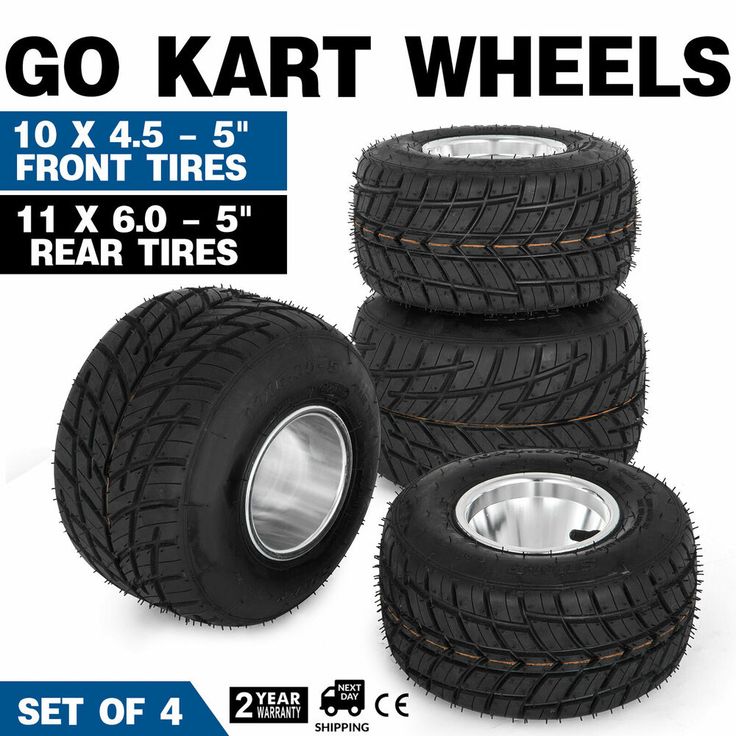
The real life of winter tires rarely exceeds 30,000 km. "Bald" winter tires without studs can be re-rolled in summer, but their grip on hot road surfaces will be very poor. This must be taken into account, especially when braking.
***
So: tires that have not yet worn out along the tread (that is, up to 1.6 mm tread depth for summer tires, 4 mm for winter tires) are changed either ten years after the date of issue, or when the rubber layer cracks tires or damage.
Our new video
New Russian sedan at the price of Vesta on tests "Behind the wheel"
When will the Russian electric truck EVM Pro appear? Details known
Test of the most modern in the history of the Volga GAZ-3111
Like this post? Subscribe and you will always be in the know!
Driving in Zen
News smi2.ru
 kz || Read
kz || Read Many drivers will have their own opinion on this matter. Some will focus on the requirements of the law, namely the minimum tread depth. Others will say that tires should not be used for more than five years, after which the rubber loses its properties and becomes "wooden". Still others will remember that they read about mileage limits ranging from 40 to 60 thousand kilometers. The fourth will operate only with the amount of money in the wallet.
There is, of course, a very desperate group of motorists. These guys drive to the last and erase the "meaty" tires to the state of a racing slick. Well, individual adepts can be seen rustling spikes on the asphalt in mid-July.
How do you like the rear tires of this Mitsubishi Galant?Whose approach is correct? There is no definite answer, except that the latter pose a serious danger both to themselves and to other road users. Almost all the remaining methods have some logic behind them.
Driving with tires with less than the required tread depth is punishable by a fine. The police rarely pay attention to this, but it is worth keeping in mind the administrative responsibility. So, according to part 5 of Article 590 of the Code of Administrative Offenses of the Republic of Kazakhstan, 5 MCI, or 13,890 tenge in 2020, will have to be paid to the treasury. Repeated violation within a year increases the penalty to 20 MCI (55,560 tenge).
The police rarely pay attention to this, but it is worth keeping in mind the administrative responsibility. So, according to part 5 of Article 590 of the Code of Administrative Offenses of the Republic of Kazakhstan, 5 MCI, or 13,890 tenge in 2020, will have to be paid to the treasury. Repeated violation within a year increases the penalty to 20 MCI (55,560 tenge).
The minimum residual tread depth is specified in clauses 5.6.1 and 5.6.2 of Appendix No. 7 TR TS 018/2011 "On the safety of wheeled vehicles". The text says that for passenger cars, the balance must be at least 1.6 mm for summer tires and at least 4 mm for winter and marked with signs: M + S, M & S and M S.
Note that measuring the tread depth with a ruler is an extreme step. Almost all modern tires have special wear indicators. As soon as they appear, the rubber should be replaced.
The average life of almost all tires from major manufacturers is 7-10 years, depending on their seasonality. True, such a duration should be expected if a number of operational requirements are met. These include driving on high-quality roads with optimal tire pressure, correctly set wheel alignment angles and a normally working suspension.
True, such a duration should be expected if a number of operational requirements are met. These include driving on high-quality roads with optimal tire pressure, correctly set wheel alignment angles and a normally working suspension.
Tire age can be found by a special marker. The four digits enclosed in an oval (more often found on the inner sidewall) are the DOT marking, in a simple way, the production date. The first two digits indicate the week, and the last two indicate the year of manufacture.
Any of the above parameters can significantly reduce the life of rubber. For example, with insufficient pressure in the wheel, the side parts of the tread will wear off faster, with high pressure, its middle part. Violations in the geometry lead to uneven tire wear.
The middle part of the tread is more worn. The cause may be excess pressure in the wheelHow and where the rubber is stored is also an important factor. Manufacturers recommend a dry, cool and dark room.
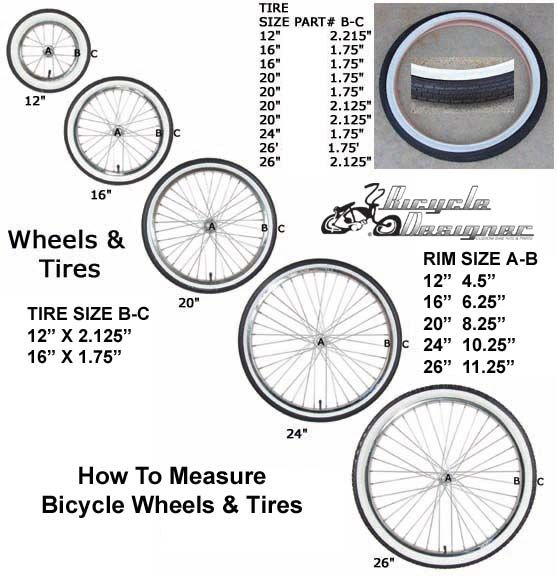
In Kazakhstan, you should not count on more than five years of operation. Nevertheless, one set of wheels can really drive for about ten years. Whether it's worth it is a completely different question. From personal (almost) experience: tires manufactured in one of the CIS countries served from mid-2008 to spring 2018. The annual mileage of the car was small, about 10,000 km per year, including sorties on light off-road. The rest of the tread after all this time would have allowed the same amount of travel, but when one of the tires was removed for repair (the wheel was regularly flattened), the landing board literally crumbled.
Another benchmark for tire replacement is mileage. There are often recommendations on the Web that refer to GOST. Their text says: for passenger cars with a carrying capacity of up to two tons, the service life of tires is 45,000 kilometers.
You can also find references to the operating mileage standards for vehicle tires approved by the Ministry of Transport of the Russian Federation. In them, the average service life varies from 40 thousand kilometers for Russian rubber to 60 thousand for foreign. Note that this document became invalid after the entry of the Technical Regulations of the Customs Union.
In them, the average service life varies from 40 thousand kilometers for Russian rubber to 60 thousand for foreign. Note that this document became invalid after the entry of the Technical Regulations of the Customs Union.
You can also determine how much a tire can run by using the Treadwear (TW) parameter, which indicates the tire wear index. He rarely receives attention. This figure is usually of interest to those who plan to operate the car in a sports environment. Soft and, accordingly, tenacious rubber has a fairly low TW, which racers are guided by.
Surely you have a reasonable question about how the wear resistance index correlates with mileage. TW appeared thanks to the specialists of the National Highway Traffic Safety Administration (NHTSA). To calculate it, the tire at the test site is compared with a special sample, the TW of which is already known.
According to the methodology, the TW100 is equivalent to 48,000 mileage until the tires are completely worn out, that is, Nokian Hakka Green, for example, having a TW400, is capable of serving up to 192,000 kilometers. True, in the real world, wear is influenced by many factors that we talked about above, as well as driving style. Therefore, the results of calculations for TW are recommended to be divided by two. It turns out 96 thousand, or almost 5 years of operation, provided that in the warm season the car drives about 20 thousand kilometers.
True, in the real world, wear is influenced by many factors that we talked about above, as well as driving style. Therefore, the results of calculations for TW are recommended to be divided by two. It turns out 96 thousand, or almost 5 years of operation, provided that in the warm season the car drives about 20 thousand kilometers.
In total, we have three parameters that should help with understanding how long tires will last if they are used correctly, and also tell you when to send a set of tires to the scrap and take care of buying new ones. This can be done on the Kolesa.kz portal using the search form in the "Spare Parts" section.
| | 9.